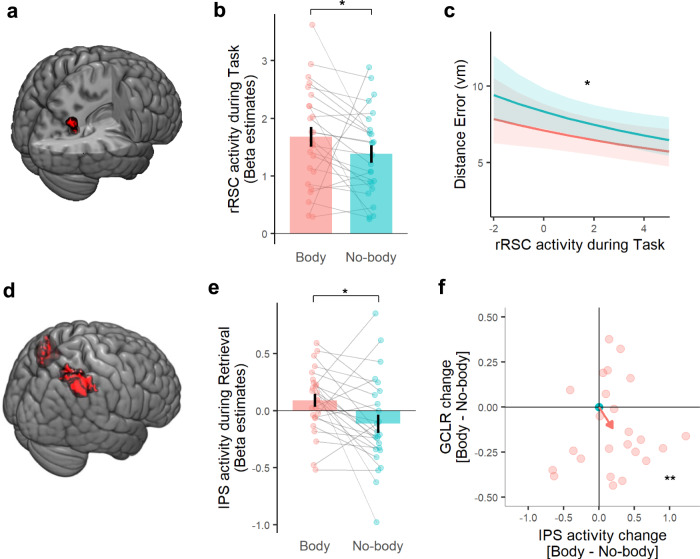Fig. 4. Retrosplenial cortex (RSC) and intraparietal sulcus (IPS) activity were increased in the Body condition.
a Functional localizer revealed that the right RSC was involved in the spatial navigation task. b ROI analysis showed that right RSC was significantly more activated during the task in the Body condition than in the No-body condition (Bonferroni-corrected for five task-related clusters; n = 25; p = 0.040). c The higher right RSC activity during the task phase before they reach the recalled location (i.e., Cue & Retrieval Phase) could predict better spatial memory precision (n = 25; p = 0.024). d Anatomical display of the a priori IPS ROI arguably activated during egocentric processing in link with BSC. e IPS activity is significantly greater during navigation in the Body condition (n = 25; p = 0.015), where sensorimotor bodily signal integration takes place when participants are manipulating the joystick to navigate. This suggests that the experimental modulation of BSC boosted egocentric processes especially relevant to integrating sensorimotor bodily signals. f Participant-wise IPS activity changes and GCLR changes in the Body condition with respect to the No-body condition. The plot demonstrates that performing the task with a self-identified avatar reduced GCLR while strengthening the IPS activity (multinomial test: p = 5.4e-03, post hoc binomial test: p = 3.1e-03, n = 24). The red arrow indicates mean changes across participants. *0.01 < p < 0.05, **p < 0.01. Each error bar indicates a standard error.

